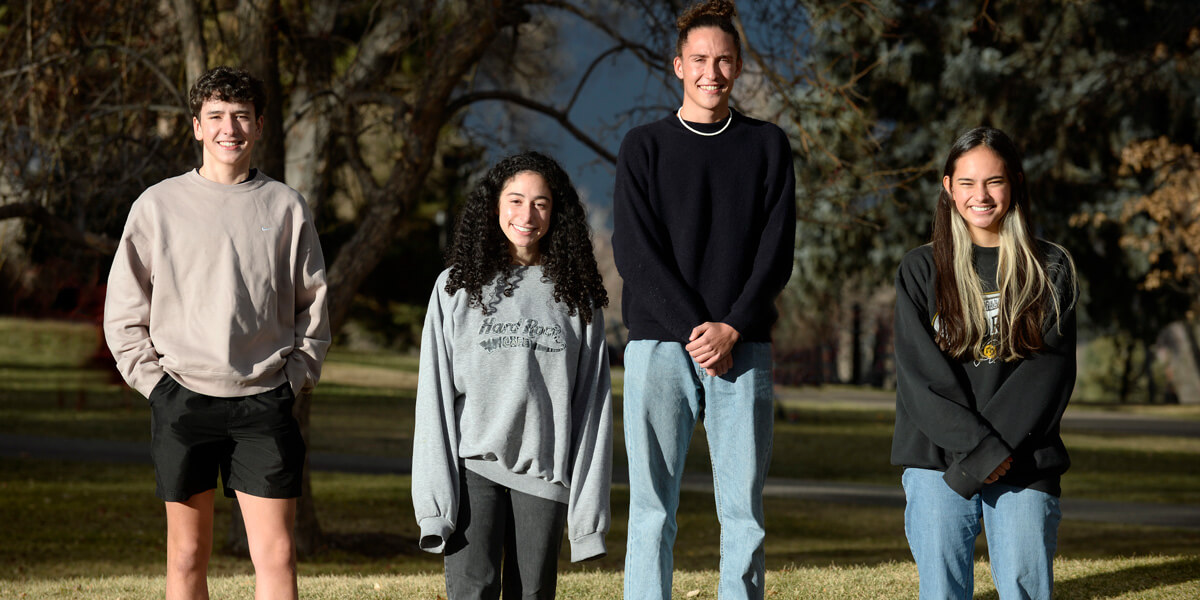Every year, a group of Colorado Academy Upper School students attends the National Association of Independent Schools (NAIS) Student Diversity Leadership Conference (SDLC). Usually, it means students must travel to another part of the country to meet hundreds of high school students from other independent schools.
For the past two years, the SDLC has taken place on Zoom, due to COVID restrictions. But the four CA students who attended this year believe the digital conference was no less enlightening or intense than an in-person one. Each spent the better part of a week meeting students from around the country, divided into three different groups: a neighborhood (half of the 6,000 students in attendance), an affinity group, and a small group called the “family group,” which consisted of randomly assigned students.
The students were guided and encouraged by CA Director of Inclusivity Sarah Wright. All returned with new insights and perspectives. Here, in their own words, you can hear how SDLC changed their view of the world.
Julie Marwan, Senior
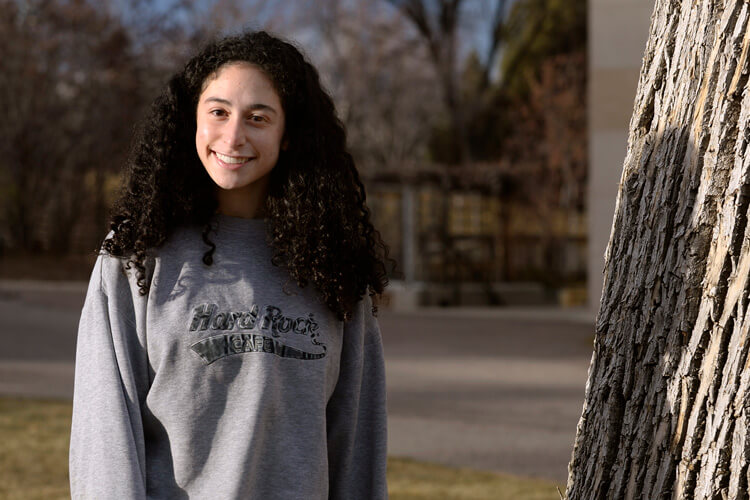 I’ve always been passionate about understanding diversity and inclusion in my school and community. I joined the CA club FACES my Freshman year, and now I am a leader of the club. We spend time discussing current events and CA from the perspective of diversity and inclusion.
I’ve always been passionate about understanding diversity and inclusion in my school and community. I joined the CA club FACES my Freshman year, and now I am a leader of the club. We spend time discussing current events and CA from the perspective of diversity and inclusion.
When I was given the opportunity to learn more about these issues and meet new people at SDLC, I jumped at it. Overall, it felt like a great safe space where you could leave your comfort zone, develop new thoughts and ideas, and people would really listen.
I was in the Middle Eastern affinity group because I identify as Egyptian. One thing that hit me when I entered my affinity group was that there were Arabic songs playing. It shocked me because I had only heard that music played by my mom and dad. I looked around the group and said “Oh my gosh, you guys know these songs too! This is awesome.”
I had never been around a group of people who shared a similar background and experiences, except for my family. Our affinity group still talks on a group chat every day, even though the conference is over. Every minute I spent at SDLC was impactful and prompted me to reflect on how the world works.
I hope to bring back my experiences to FACES and PlatFORUM to share new perspectives and ideas. I would 100 percent recommend that people attend this conference. It was incredible.
William Sharp, Senior
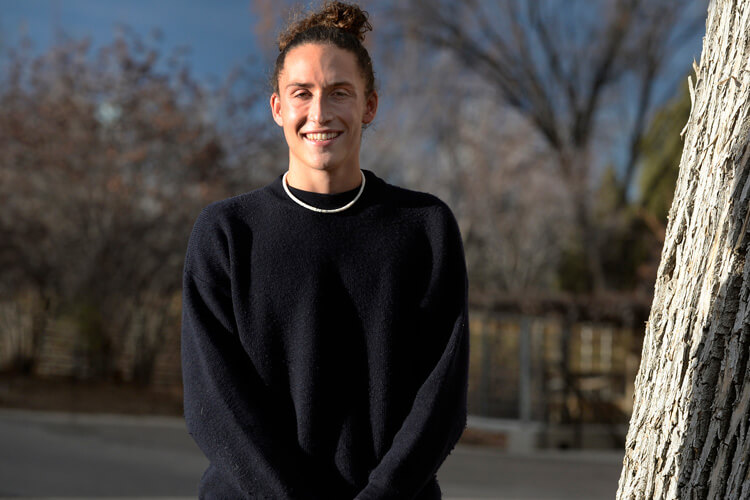 I wanted to attend SDLC because I have been interested in work with diversity. I am Co-Leader of the Gender and Sexuality Alliance (GSA) at CA, and I saw this as an opportunity to further my experiences with diversity and make a difference at CA.
I wanted to attend SDLC because I have been interested in work with diversity. I am Co-Leader of the Gender and Sexuality Alliance (GSA) at CA, and I saw this as an opportunity to further my experiences with diversity and make a difference at CA.
I was in the LGBTQ+ affinity group. This is the first time I had been in a room with only LGBTQ- identifying people, and it seemed like they inherently understood my identity in ways that other people can’t.
We had one speaker who talked about how to handle situations where you see injustice. I’ve always been taught to take an active role in stopping it, but she talked about ways that you can just support the person experiencing racism or homophobia without having to step in.
I was really changed by SDLC. I thought of myself as empathetic, but being in a group of people who talk honestly with you about their experiences changes you in a way you cannot foresee. It makes you want to stick up for people who don’t have it as easy as you.
I think I brought back to CA techniques on how to have open conversations with people. I’ve learned that it is important to meet people where they are, listen to them, and not try to force anything. We have a lot going for us at CA, including many smart people who want to do the right thing. That’s put us on a track to change CA for the better.
Katherine Pulido, Junior
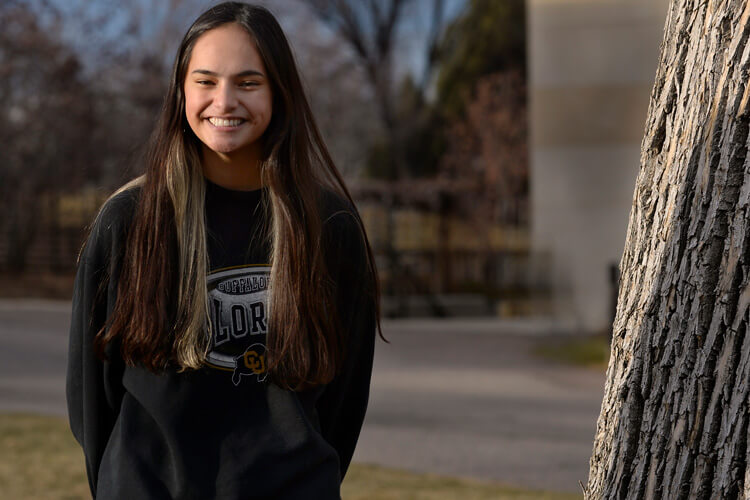 Because I am Filipino, I belonged to the Asian American and Pacific Islander affinity group, but we created a “sub-affinity” group of just Southeast Asians. It was amazing how much we had in common. I never realized there could be a specific space that felt so comfortable for me. The way it felt to stare at the Zoom screen and see myself reflected back in all the other faces was completely incredible.
Because I am Filipino, I belonged to the Asian American and Pacific Islander affinity group, but we created a “sub-affinity” group of just Southeast Asians. It was amazing how much we had in common. I never realized there could be a specific space that felt so comfortable for me. The way it felt to stare at the Zoom screen and see myself reflected back in all the other faces was completely incredible.
In my “Family group,” I talked about how I have always felt intimidated calling myself “Asian” instead of “Filipino” because when people hear Asian they usually think of Japanese, Korean, or Chinese. I don’t feel I can speak for the Asian community because I don’t have typical Asian American experiences, but I am still part of that community.
One of the other members of the group who was Chinese told me that even though I am not “Asian passing,” I was accepted in the community. She followed up by saying, “We recognize your heritage and we welcome you in Asian American spaces.”
It hit me so hard to know that even though I am not at the forefront of typical Asian American experiences, I still belong.
I want to stress how much love was present at that conference. Overall, I give my time there an “A.” it was absolutely the most transformative experience in my life.
Michael Malley, Senior
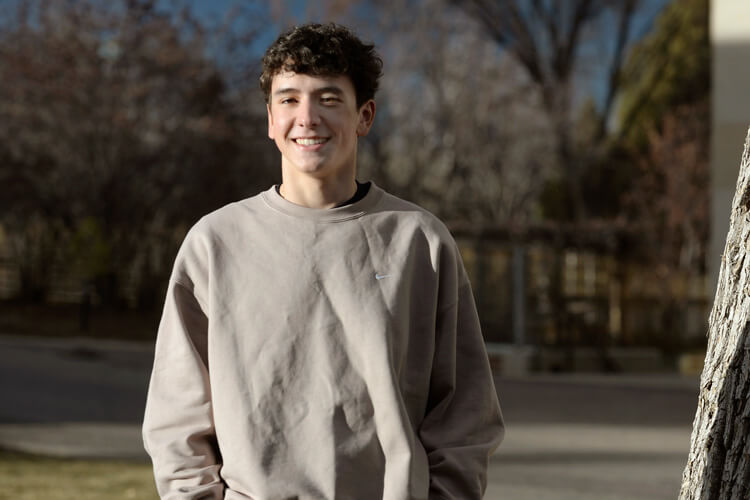 SDLC tackles gender identity, racial issues, and what it’s like being differently able in mental or physical ways. I wanted to be more educated and able to hold a good and productive conversation about all of these topics.
SDLC tackles gender identity, racial issues, and what it’s like being differently able in mental or physical ways. I wanted to be more educated and able to hold a good and productive conversation about all of these topics.
I was nervous about applying, but I would do it again in a heartbeat. It was an educational experience with application to real life and my ability to understand friends, peers, and anyone in the room at any given time.
I joined the white affinity group because even though my mom is Mexican and Spanish, I was raised culturally as white. I began to think more about my identity in ways I had not considered before. There was a girl in my group with the same background and the two of us shared an existential freak-out moment when we talked about the times we have to list our race on any form.
When my mother’s family moved here from Mexico, she didn’t teach her children Spanish. She quickly assimilated into the U.S. culture. If there had not been pressure to do that, I wonder if I would feel more of my mom’s culture.
There were a lot of brave people at the conference willing to be vulnerable, so that even over Zoom, everyone was engaged, making the digital experience a non-issue. I learned a lot about identity and race. I can now validate the feelings of people who are different and understand where they are coming from. I see the world through a new lens.
